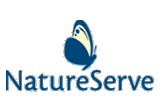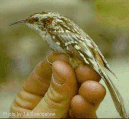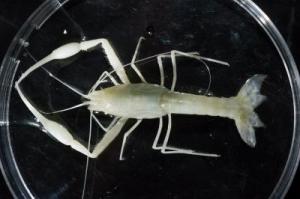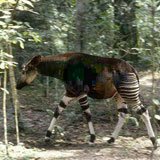Recent titles added to our collection:
Edens Lost & Found: How Ordinary Citizens are Restoring Our Great American Cities by Harry Wiland and Dave Bell/ HT175.E34 2005
Edens Lost & Found highlights practical solutions to improve the environment and quality of life in cities, for ourselves and future generations. From gardens blooming on Chicago's rooftops to river restoration in Los Angeles, from farms and murals in Philadelphia to citizen empowerment in Seattle, this book highlights the many small acts of heroism, activism, and leadership that bring citizens together to restore their communities and create sustatinable urban ecosystems. For more information, see the previous blog post: Recommendation: Chicago: The City of Big Shoulders.Groundswell: Stories of Saving Places, Finding Community by Alix W. Hopkins/ HD205.H67 2005
Groundswell: Stories of Saving Places, Finding Community, celebrates the role of land conservation in preserving community character and connecting people to the land and to each other. The author tells six stories: creating a community forest in Bellingham, WA; restoring a river in the Bronx in New York City; collaborating witih ranchers along the Rocky Mountain Front in Montana; building community-supported agriculture in Wisconsin and Minnesota; undertaking meaningful economic development in rural, coastal North Carolina; and the author's own experience in growing Portland Trails, a vibrant urban land trust in Maine. The book is co-sponsored by the National Park Service Rivers & Trails Program, The Conservation Fund, and The Nature Conservancy, all of which employ collaborative conservation as part of their missions. Hormones and Animal Social Behavior by Elizabeth Adkins-Regan/ QL775.A4 2005
Research into the lives of animals in their natural environments has revealed a rich tapestry of complex social relationships and previously unsuspected social and mating systems. The evolution of this behavior is increasingly well understood. At the same time, laboratory scientists have made significant discoveries about how steroid and peptide hormones act on the nervous system to shape behavior. An exciting and rapidly progressing hybrid zone has developed in which these two fields are integrated, providing a fuller understanding of social behavior and the adaptive functions of hormones.
Hormones and Animal Social Behavior is a guide to these fascinating connections between animal social behavior and steroid and peptide hormones--a synthesis designed to make it easier for graduate students and researchers to appreciate the excitement, engage in such integrative thinking, and understand the primary literature. Throughout, Elizabeth Adkins-Regan emphasizes concepts and principles, hypothesis testing, and critical thinking. She raises unanswered questions, providing an unparalleled source of ideas for future research. The chapter sequence is by levels of biological organization, beginning with the behavior and hormones of individuals, proceeding to social relationships and systems, and from there to development, behavioral evolution over relatively short time scales, life histories and their evolution, and finally evolution over longer time scales. The book features studies of a wide variety of wild and domestic vertebrates along with some of the most important invertebrate discoveries.Visit Brookfield Zoo Library's online catalogue:
http://swan.sls.lib.il.us





